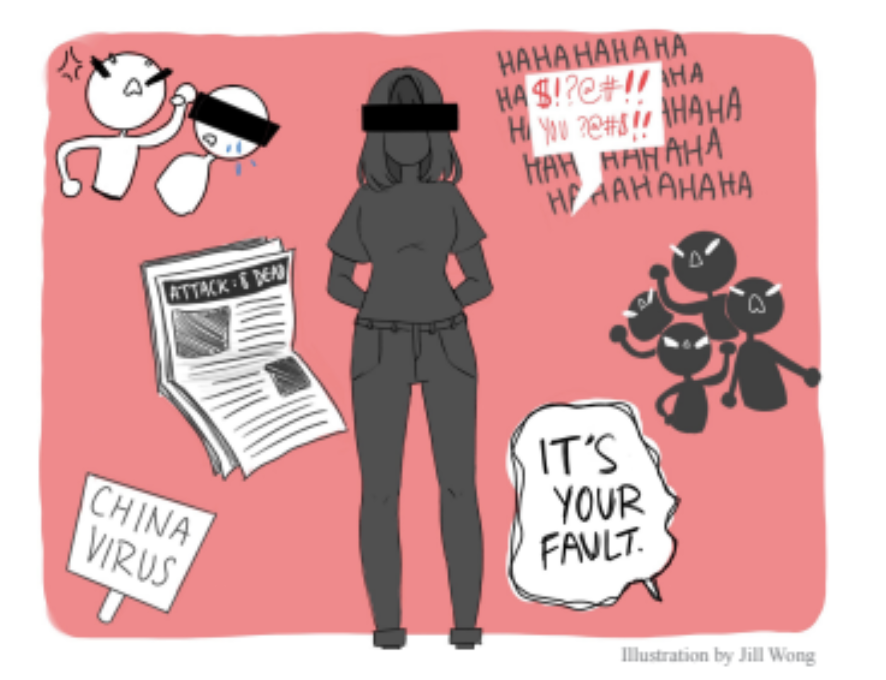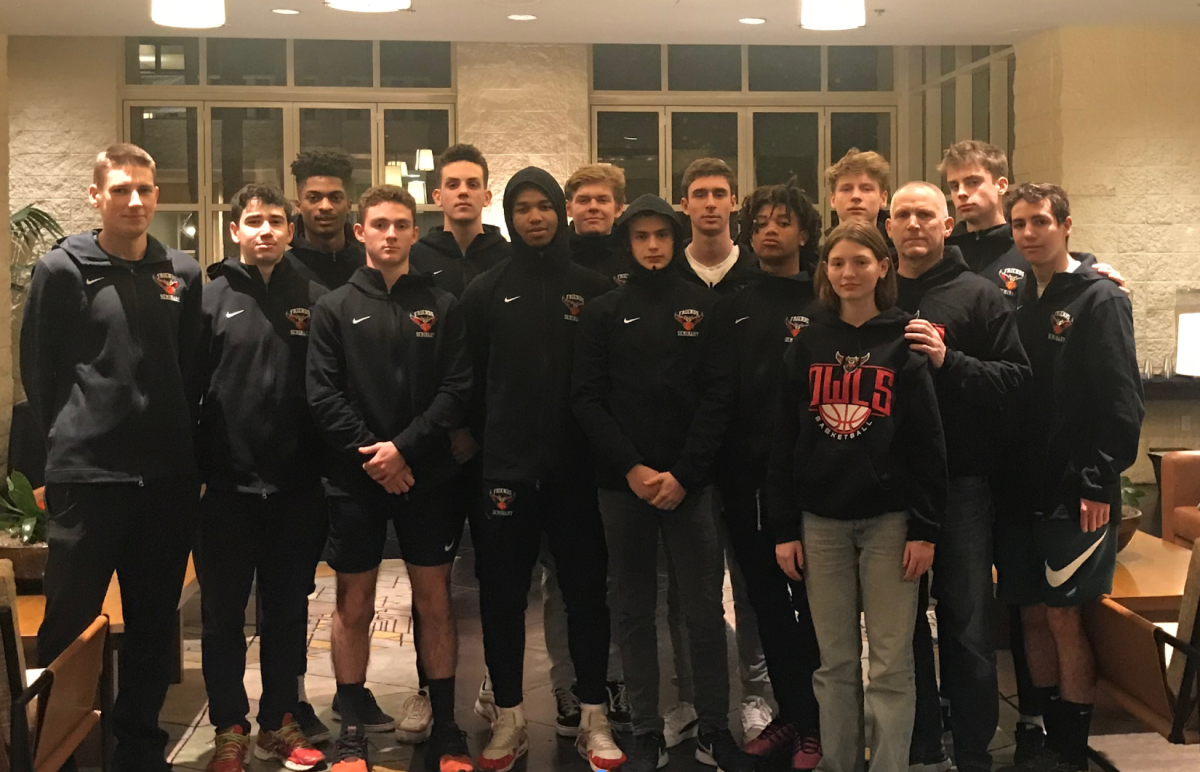Community members grapple with “Zoom fatigue”
“Zoom fatigue” describes feelings of exhaustion and burnout that result from overusing virtual communication platforms like Zoom.
February 25, 2021
After leaving the last Zoom meeting of the day, many people feel the weight of exhaustion. But it’s not just physical exhaustion — it’s also mental. This mental burnout, or Zoom Fatigue, stems from the monotony of long days spent staring at computer screens and the overbearing expectation to interact online.
Social scientists and psychologists told the Wall Street Journal that Zoom fatigue, more than a result of staring at screens, is a consequence of a large-scale transition to technology that has hindered and complicated human communication.
Allegra Torres-Kelly ’21 said her online school life has worn her out, and that Zoom fatigue is a cumulative effect. “It’s staring at the blue light. It’s having to stay in this conversation that’s really only happening through your computer with 20 other people,” she said. “It’s being in the same room every day for every minute of every day.”
Zoom also impedes people’s ability to informally interact with another with non-verbal cues. These forms of communication allow people to connect on a deeper level and build trust and familiarity. Without these cues, socialization can be awkward at best
Charlotte Tobin ’24 explained how constantly being on Zoom hinders her motivation to participate in class. “I would rather just get up and move,” she said. Tobin said that she finds online learning difficult because it is impersonal. “It is insanely hard to connect with people,” she said. “You can’t see their body language and it’s harder to read their emotions.”
Tobin said that technology can’t mimic in-person connections. “You are staring at a box of light with faces made up of tiny dots, and somehow you can hear them too,” she said. “It can be hard to acknowledge the other faces as real, complex people.”
On a social level, it seems that virtual interactions can’t compete with in-person ones. “[People] our age really need social interaction,” Torres-Kelly said. “It’s not healthy to go this long without human-to-human social interaction.”
On a normal, pre-pandemic day in school, students are surrounded by community members all day. Whether it’s through a conversation in class, a smile in the hallway, or a game of basketball – in-person interactions all provide social connections that Zoom lacks.
“The social aspect of the classroom kind of disappeared when we went to an all-Zoom method, and that was one of the best parts,” Calvin Ware ’22 said.
Zoom also makes it difficult to focus on class material, Health teacher Katherine Prudente said. “People can get distracted with how they look on camera, concerned with what is happening behind them,” Prudente said. “The WiFi might go out, which in turn affects how present people are.”
Ware agreed that it is easier to become distracted online. “You’re constantly looking at your box, fixing your hair and doing whatever, to look better,” he said.
On any video conferencing program, as Prudente said, people can “only see what is in the frame.” For this reason, it is impossible to interact like it is a normal, pre-pandemic, day. But since there aren’t many alternatives, people have begun to do their best to find social interaction and breaks where it can be found: by taking breaks between classes, attending in-person school when possible, limiting screen time outside of class, and safely engaging with people in person.
“I just feel like in some ways there’s a little less accountability, and there’s a lot like trust placed on you as a student,” Torres-Kelly said.” It’s kind of up to you what you do with that.”























